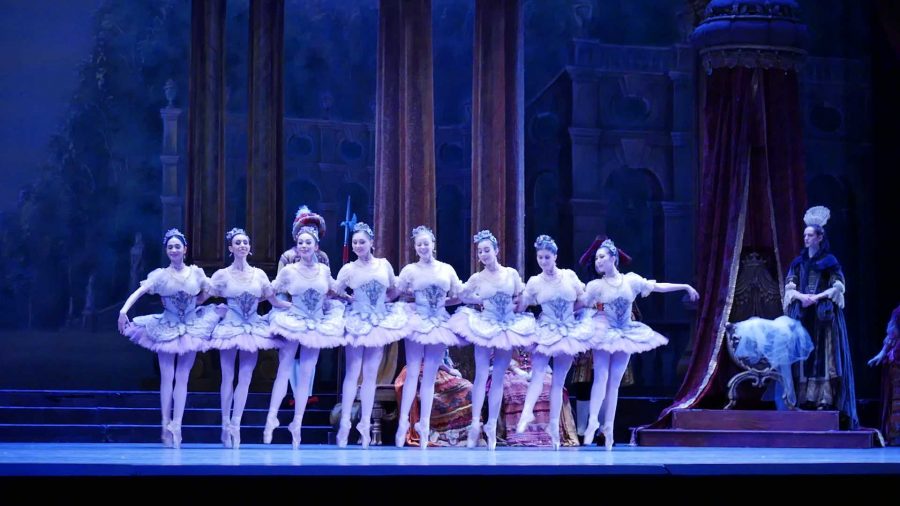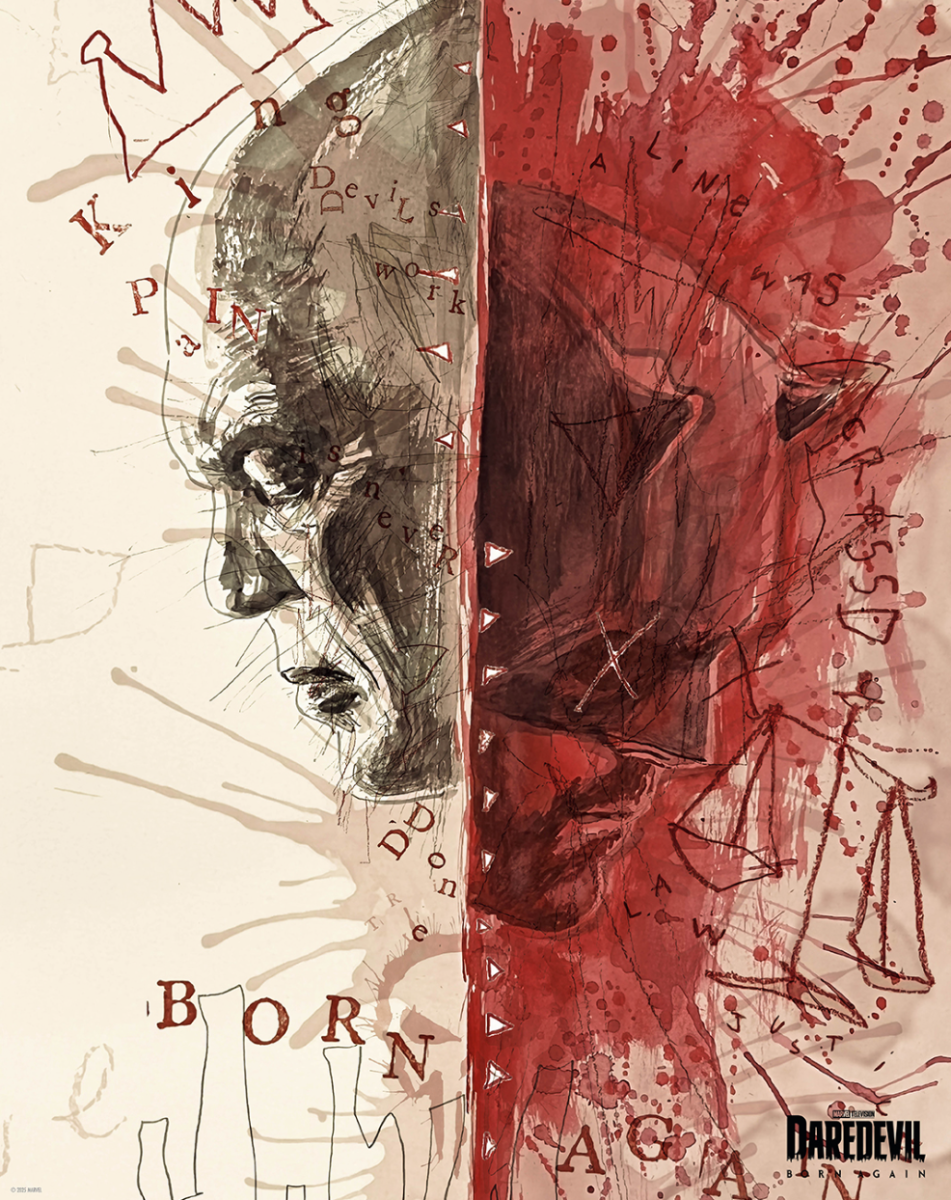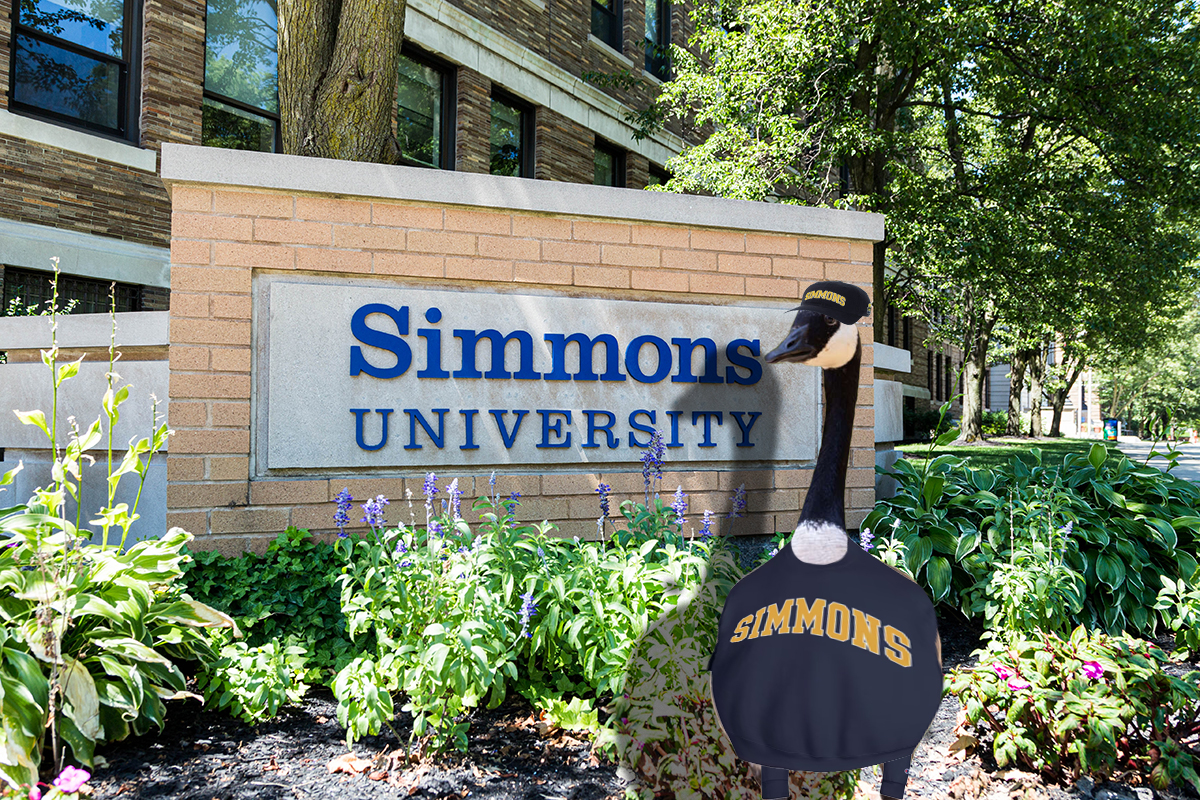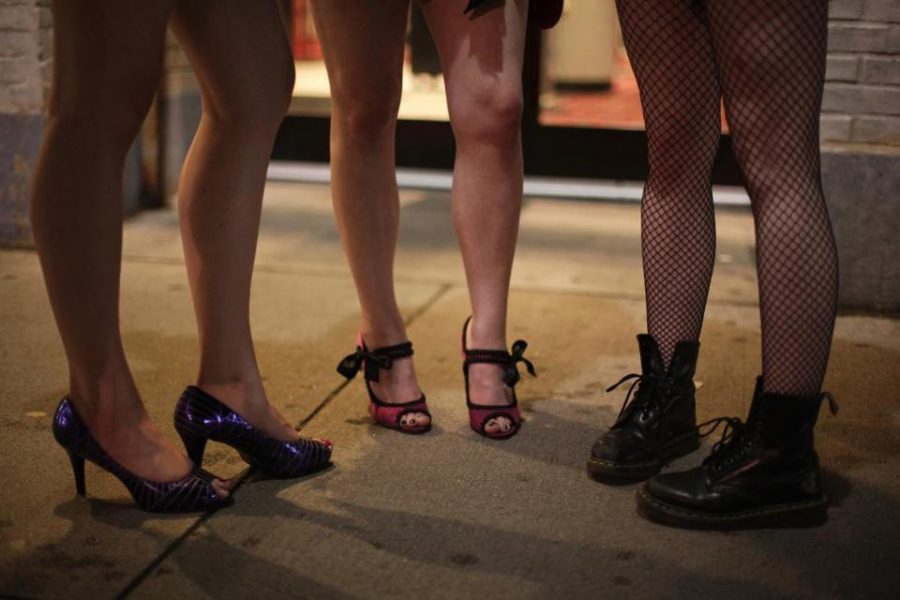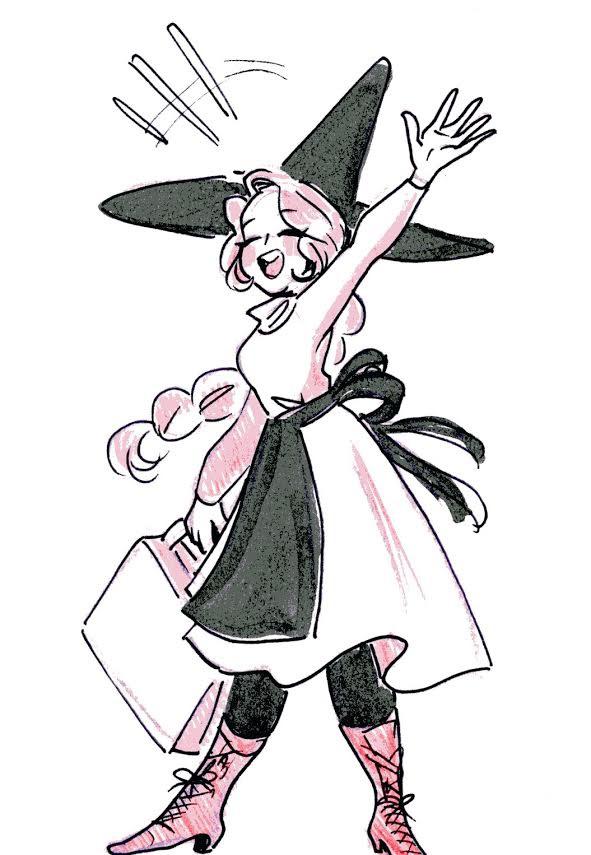By Ellen Garnett
Staff Writer
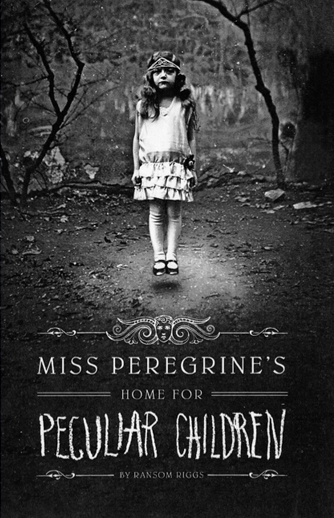
When was the last time you became fully immersed in a book? Pouring over your chemistry textbook to study for midterms does not count. “Miss Peregrine’s Home for Peculiar Children” by Ransom Riggs is a thoughtful, relatable work of fiction that deserves your attention.
“Miss Peregrine’s Home” is a story inspired by a collection of 44 “authentic, vintage found photographs” that are mostly unaltered. Ten collectors contributed to this collection from their own archives, which were built by searching at flea markets, yard sales, antique stores, and the like. These photographs beg to tell their stories and Riggs grants them their wish.
Jacob Portman, the protagonist, must come to terms with the reality behind the bedtime story his grandfather always told him while he was growing up. His story tells the tale of an island where “peculiar” children were free to live. The unusual group includes an invisible boy, a girl who can levitate, and a boy full of bees, to name a few.
There are even old photographs of these children, but Jacob has his doubts—until his grandfather passes away and his bedtime story comes to life.
What makes this book worth reading is that it tells an identifiable story saturated in rich descriptions and serves as an excellent example of what creative writing exercises can really do—create new worlds.
“One day my mother sat me down and explained that I couldn’t become an explorer because everything in the world had already been discovered,” Jacob remembers at the beginning of the novel.
This is a sentiment that every college student can relate to. We are asked at a young age what we want to be when we grow up, and told that we can be anything we want—until we actually enter college and learn about student loans.
Likewise, “Miss Peregrine’s Home” focuses on Jacob finding his purpose by traveling to the island his grandfather described.
He finds his grandfather’s childhood home in shambles, where there are “crayons on a windowsill, their colors dulled by the light of ten thousand afternoons” and a bookshelf where “the creep of moisture had bowed the shelves into crooked smiles,” giving their best impersonation of Cheshire Cat.
Riggs’ vivid description of the home and its inhabitants invites the reader’s imagination to gobble up these images and leaves them yearning for more.
Luckily for us, “Miss Peregrine’s Home” is the first book of the trilogy (YAY!) and each book has an easy-to-digest length of only about 350 pages.
The book reiterates the power of storytelling, the way a story can sew us into the lives of its characters (be careful with our hearts, Enoch). This year, “Miss Peregrine’s Home for Peculiar Children” was adapted for the big screen by producer Tim Burton.
Do yourself a favor by picking up this book first at your local library to fully appreciate all of its literary nooks and crannies before you see the film adaptation.





